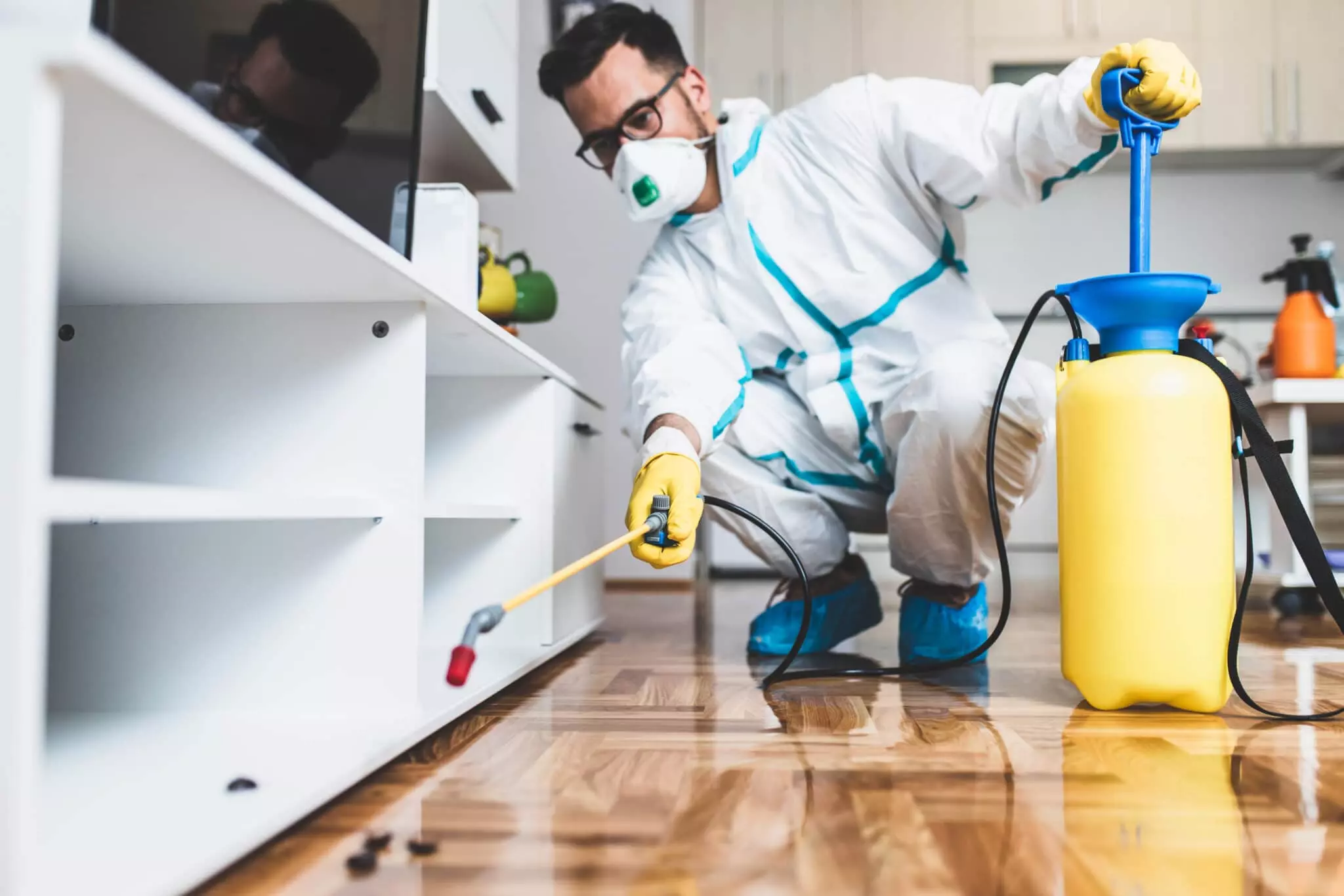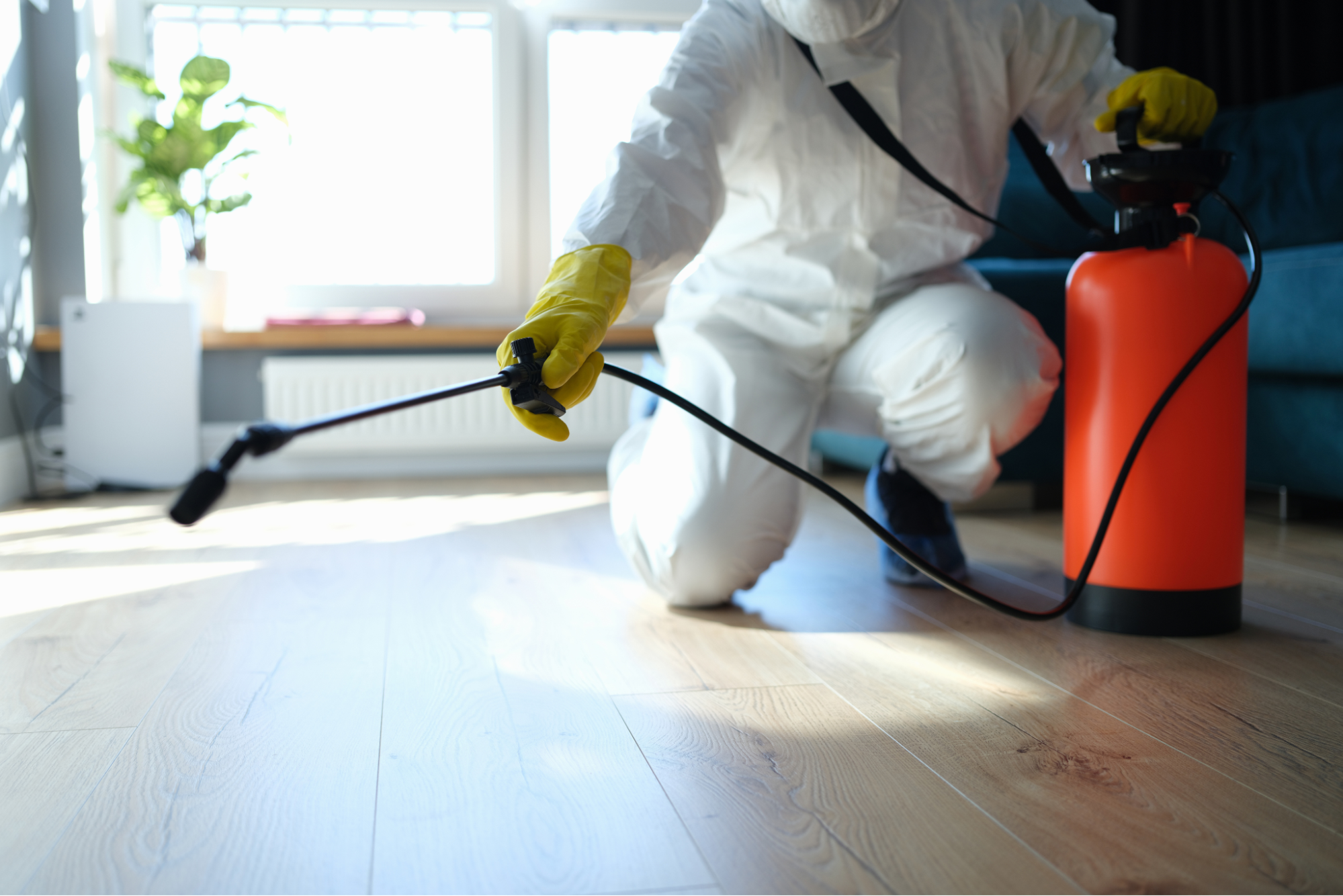Quality A1 Pest Control Services Charlotte - Shield Your Home
Wiki Article
Bed Bug Treatment Break Down: Contrasting Chemical Vs. Non-Chemical Solutions
In the world of bug control, specifically when managing the consistent problem of bed insects, the option in between chemical and non-chemical treatment solutions can be a pivotal one. Both strategies provide unique advantages and downsides, affecting aspects such as performance, safety considerations, and total expense. By examining the nuanced information of each approach, a more clear understanding of which course to seek in resolving a bed pest problem can be obtained.Performance of Chemical Therapies
Chemical therapies for bed pest problems have been widely identified for their fast and potent efficiency in eradicating these insects. When thinking about the performance of chemical therapies, it is important to recognize that they can supply a complete and fast service to a bed pest problem. Specialist pest control operators typically count on insecticides to target bed pests at numerous stages of their life process, including grownups, nymphs, and eggs. These chemicals typically function by disrupting the bed bugs' anxious system, causing paralysis and ultimate death.Additionally, chemical treatments have the advantage of offering residual impacts, meaning that they can proceed to get rid of bed pests even after the preliminary application. This recurring activity is specifically beneficial in combating any kind of possible re-infestations. Furthermore, the rapid activity of chemical treatments can bring alleviation to individuals facing serious bed insect infestations, enabling them to gain back control of their space swiftly.
Safety Interest In Chemical Solutions
When making use of chemical solutions for bed pest treatment is making sure the safety of owners and the atmosphere,One essential element that calls for careful consideration. While chemical treatments can be reliable in removing bed insects, they might position risks if not managed correctly. Among the primary safety problems with chemical remedies is the potential damage they can trigger to human wellness. Exposure to certain chemicals made use of in bed pest treatments can result in respiratory system issues, skin irritability, or other negative responses, specifically in people with pre-existing conditions or sensitivities. Furthermore, incorrect application or dose of chemical pesticides can lead to harmful residues sticking around in the treated area, positioning lasting health threats to residents.Furthermore, the environmental impact of chemical remedies is another significant factor to consider. Some pesticides made use of in bed bug therapies might be damaging to valuable bugs, wild animals, and environments if they seep right into the dirt or water systems. It is vital to utilize chemical therapies deliberately, following security standards, and considering less poisonous options to alleviate these risks and ensure the safe and efficient management of bed insect infestations.
Benefits of Non-Chemical Techniques
Considering the prospective safety worries and environmental impact linked with chemical solutions for bed bug therapy, checking out non-chemical techniques provides an encouraging choice with numerous distinctive advantages. Non-chemical therapies are ecologically pleasant, as they do not contribute to air or water pollution, making them a sustainable selection for parasite control.Additionally, non-chemical options can be reliable in targeting bed insects, consisting of hard-to-reach locations where chemical therapies may not permeate. Techniques such as warm therapy, vacuuming, steam cleansing, and cushion coverings provide detailed removal without the use of dangerous chemicals. Furthermore, non-chemical approaches can be less disruptive, requiring minimal preparation and enabling quicker reentry into treated areas. Overall, going with non-chemical bed insect treatment techniques not only prioritizes security and environmental protection yet likewise makes sure extensive and effective pest control.
Limitations of Non-Chemical Treatments

Additionally, non-chemical treatments usually require numerous applications to achieve effective removal. This can be time-consuming and might not always assure complete elimination of all bed insects and their eggs, especially in hard-to-reach or covert places.
Additionally, the success of non-chemical treatments greatly depends on appropriate execution and thoroughness, which can be testing for people without specialist experience. Inadequate application of non-chemical techniques might result in insufficient removal, causing persistent infestations and the need for additional treatments.
Consequently, while non-chemical treatments have their benefits, it is essential to acknowledge these limitations click here to read and consider them when establishing one of the most effective technique for handling bed insect problems.
Cost Contrast: Chemical Vs. Non-Chemical Options
Provided the restrictions connected with non-chemical treatments, a vital element to examine in the context of bed insect management is the price contrast in between chemical and non-chemical options. In comparison, non-chemical treatments like warm therapy or steam can be more expensive, with prices varying from $1,000 to $6,000 for a whole home. While the first expense of chemical treatments might appear lower, numerous treatments may be required to fully remove the invasion, potentially raising the total cost.Final Thought

Thinking about the potential safety and security worries and environmental impact connected with chemical remedies for bed insect treatment, exploring non-chemical strategies provides an encouraging choice with a number of distinct benefits.Given the constraints associated with non-chemical therapies, an essential facet to assess in the context of bed bug management is the price contrast between chemical and non-chemical options. In comparison, non-chemical treatments like warm treatment or steam can be a lot more expensive, with expenses varying from $1,000 to $6,000 for a whole home. While the first expense of chemical therapies might seem reduced, numerous bug removal companies treatments may be needed to totally get rid of the problem, possibly increasing the general price.In final thought, when comparing chemical and non-chemical bed bug treatment choices, it is important to take into consideration effectiveness, security, benefits, restrictions, and cost.
Report this wiki page